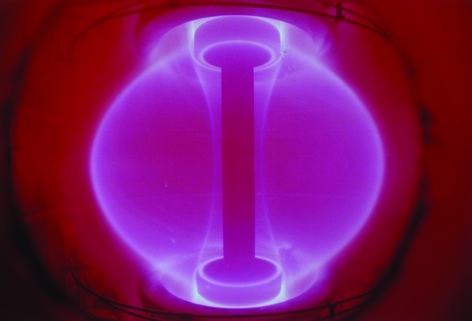Completion of the novel design will be funded by £170,000 of equity investment from Sir Martin and Lady Audrey Wood, the Rainbow Seed Fund, Oxford Instruments and the Oxford Early Investments network. The latest round of funding follows a €110,000 (£92,522) contract from ITER.
The nuclear fusion reaction produces an abundance of high-energy neutrons which the novel technology exploits.
Tokamak Solutions’ spherical fusion reactor is just two metres in diameter but can provide a megawatt level neutron output while operating at modest plasma temperature.

Applications for these fusion neutrons include the production of isotopes for medical use, the transmutation of waste from existing nuclear power stations, zero carbon large scale hydrogen production, and for fusion-fission hybrid (or sub-critical) reactors.
The company has filed patent applications for the initial design which is the brainchild of Mikhail Gryaznevich and Alan Sykes who have worked on fusion research for 20 years.
Sykes, now technical director at Tokamak Solutions said: ‘The fusion process produces an abundance of neutrons and by using the spherical tokamak this can be done very efficiently. This means that a fusion neutron source, with a wide variety of applications, can be realised on a much smaller scale than a fusion energy source of the ITER type.’
One of the most promising applications, according the company, lies in using neutrons to destroy the minor actinides of radioactive nuclear waste, which are particularly problematic to dispose of.
Gryaznevich, chief scientific officer, explained: ‘Burying minor actinides is expensive and risky as they undergo fissile decay over thousands of years, releasing heat and radioactive fragments, making them difficult to contain. Our super compact fusion neutron source is the first system based on currently available technology with the potential to produce the neutrons required for this clean-up.’




Red Bull makes hydrogen fuel cell play with AVL
Many a true word spoken in jest. "<i><b>Surely EVs are the best solution for motor sports</b></i>?" Naturally, two electric motors demonstrably...